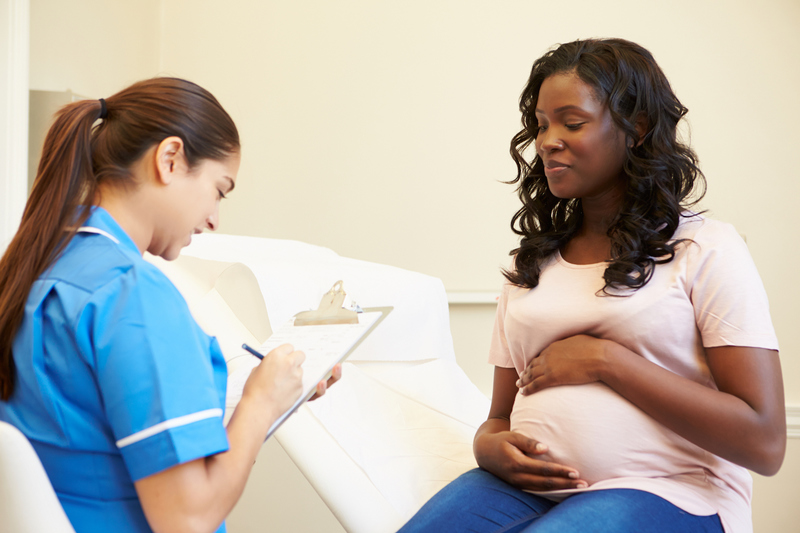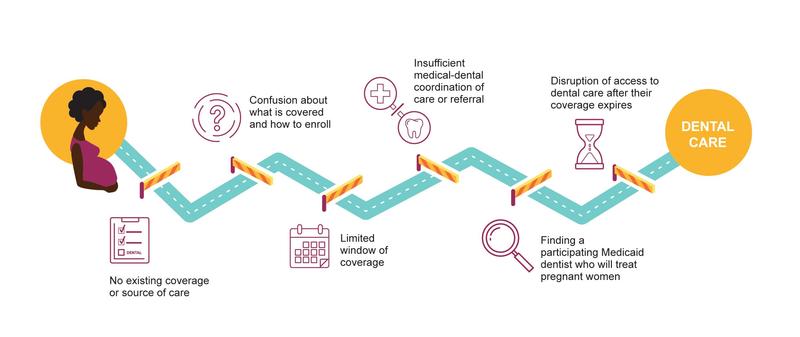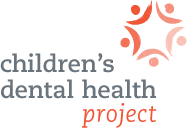The Children's Dental Health Project's blog
New brief urges action to prioritize pregnant women’s oral health
 Six years ago, several stakeholders from the dental and medical communities gathered and reached agreement on a national consensus statement, declaring that “it is essential for health professionals...to provide pregnant women with appropriate and timely oral health care, which includes oral health education.” Since then, it has been a real challenge to fulfill that vision.
Six years ago, several stakeholders from the dental and medical communities gathered and reached agreement on a national consensus statement, declaring that “it is essential for health professionals...to provide pregnant women with appropriate and timely oral health care, which includes oral health education.” Since then, it has been a real challenge to fulfill that vision.
CDHP’s newest issue brief, Oral Health During Pregnancy, hopes to spur a renewed effort to accelerate progress.
Some states have made laudable progress. How do we build on that and create real momentum?
This is the first of a series of reports that addresses remaining unanswered questions stalling progress in children’s and families’ oral health. This inaugural edition examines what obstacles must be overcome to improve the oral health of Medicaid-eligible pregnant women. Focusing on this program gives us the greatest potential for progress because roughly 2 in 3 women of reproductive age are enrolled in the Medicaid program.
It’s past time we transform the oral health system into one that meets pregnant women’s needs.
Untreated dental disease can have far-reaching consequences for women and their infants. It can harm a woman’s overall health, may lead to birth complications, and can increase her child’s risk of tooth decay. Moreover, poor oral health can impede a parent’s job prospects, particularly among women in the workforce — jeopardizing her family’s financial security.
CDHP’s brief walks through what we know, what we don’t know, and why. It identifies several core barriers:
- Insufficient data collection and reporting, which hampers our ability to know the full scope of pregnant women’s oral health status and their access to coverage and care;
- An inconsistent patchwork of Medicaid dental coverage and enrollment procedures from one state to another;
- Attitudinal barriers among dental professionals and gaps in consumer education; and
- Missing opportunities to address oral health needs and literacy in non-dental settings.
On the ground, these cracks in the system mean pregnant women confront myriad hurdles when seeking dental care. Our new infographic illustrates some of these barriers. They range from confusion about enrollment procedures to inadequate coordination between medical and dental providers. And through it all, a woman must navigate these obstacles while meeting other time-sensitive needs.

It’s past time we transform the oral health system into one that meets pregnant women’s needs. What further steps can we take to achieve this vision? While CDHP’s brief doesn’t prescribe specific policy solutions at this juncture, we do offer six discrete goals to guide progress.
We hope this brief encourages thoughtful conversation and collaborations between oral health providers, insurers, advocates, state health officials and their federal counterparts, and other partners who work with women and families. In the coming weeks, CDHP will take more steps to generate dialogue about where we go from here.
It’s critical for us to talk to each other — and challenge each other to improve oral health during pregnancy. We must redouble our efforts for change. Too much is at stake for women and their families if we don’t.
